“Module level power optmizers are meant for residential rooftops. Utility scale has no need for module level data – who’s got time for that? And commercial rooftops are big squares – no trees! Besides – optimizers are too expensive. We’re competing against coal – and gotta get our installation costs down!” – pv magazine quoting the average solar pro on the streets.
Except that there is something wrong with this quote. All of it. And it is wrong in the biggest metric: sales.
At Intersolar North America 2018, SolarEdge co-founder and Vice President, Lior Handelsman, took time to speak with pv magazine.
SolarEdge is no longer just a residential solar power inverter manufacturer, they now service the whole of the solar power industry – from their base in residential rooftops to commercial installations where they’ve taken probably more than 20% of the United States market, and right into utility scale solar – where they are supplying somewhere between 200-400 MW-AC in total utility scale projects according to GTM Research.
Of course, we know about their residential solar power domination…

Module level electronics have taken over the residential space in the United States. As of the end of 2017, per EnergySage’s 2017 Marketplace Intel Report, SolarEdge supplied almost 70% of all residential installations. Their nearest competitor, Enphase, took close to another 20%, meaning panel level electronics are on close to 90% of all residential solar power installations.
You are seeing a secret weapon in the image below:
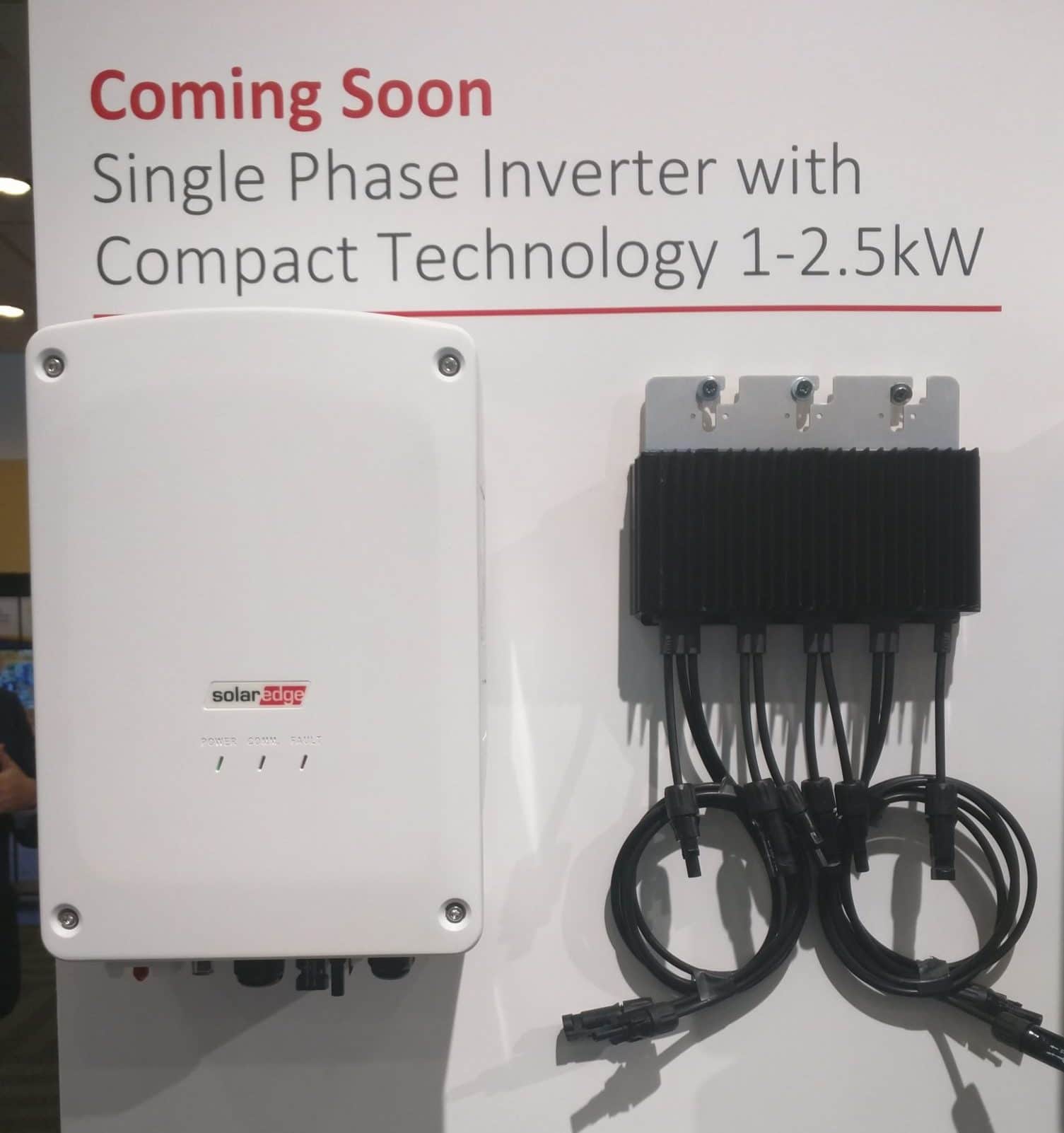
This is the SE1000M through the 2000M (PDF), and it is coming for the California rooftop mandate. The device’s small system size lines right up with the minimum size requirements of the California mandate. Note that the optimizer (part number M2640, on the right) is actually a single piece of hardware with connections for four to eight modules. The cost savings on the optimizer must be amazing.
This hardware is currently available only in Europe at 50 Hz, but per conversations at the booth with Handelsman it is undergoing UL and CEC testing, with the aim to be here in time for 2020 and 75,000 new installations a year.

But this is what we expect from SolarEdge: residential inverter leadership and innovation. This has been their thing.
What’s really grabbing on in a new way is that these same ‘expensive’ power electronics are moving into the commercial solar power sector also, and in a big way. For instance, in a recent batch of government projects in Albuquerque, New Mexico covered by pv magazine, half of the twelve solar projects – ranging from 20 kW through several hundred kW – have SolarEdge inverters.
According to GTM Research,
In the first quarter of 2018, SolarEdge had a 19% market share of the commercial market based on systems installed in that time. This is up from its market share of 11% in 2017 and 7% in 2016.
Lior Handelsman says commercial projects now represent 40% of SolarEdge’s revenue. How can a company that is a “residential” inverter company get 40% of its revenue from the commercial sector?
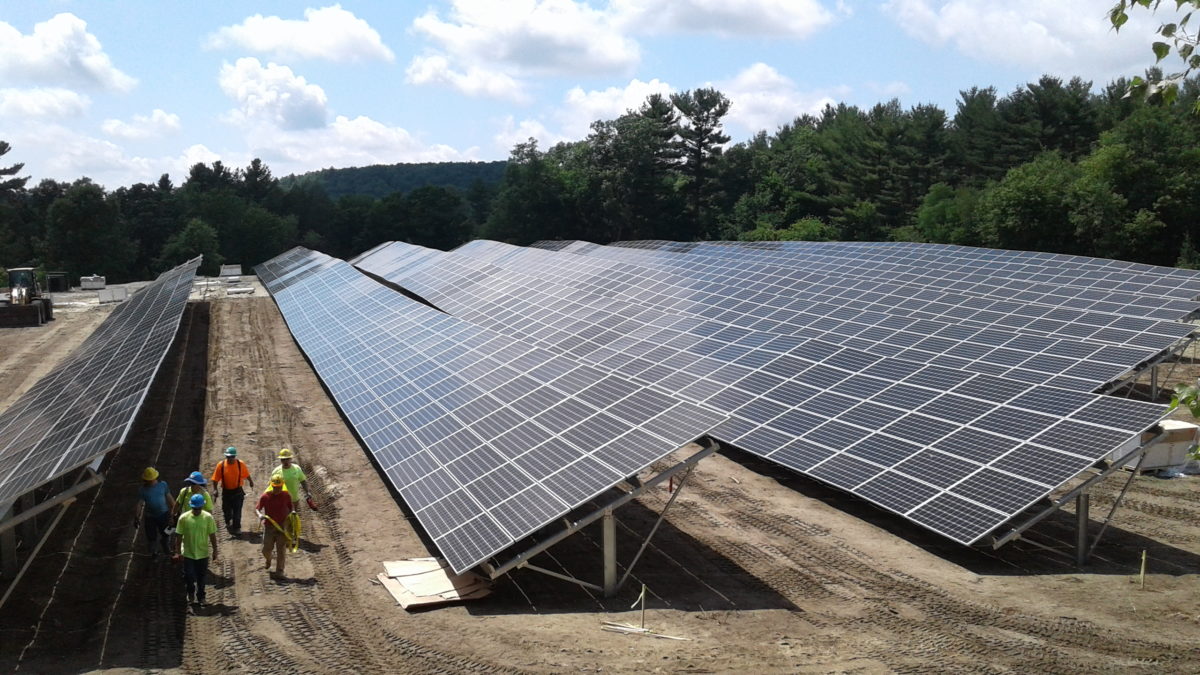
Beaumont Solar, Palmer MA, 650 kW, SolarEdge Inverters
Beaumont Solar - Palmer, MA
EPC Beaumont Solar of New Bedford, Massachusetts chose SolarEdge when the company decided to build and own a 650 kW solar power plant back in 2016. Company owner Phil Cavallo, who has built more than 50 MW of projects, gave his thoughts on why he made the SolarEdge move back in 2016:
We are owners and we wanted maximum performance. We wanted to know that each panel is at their best MPPT. We wanted a company with a robust balance sheet. We wanted detail – and that’s that’s the key point. This is a remote system to our office – we didn’t just want system detail, but inverter and module level data.
It cost more money, but in the long run it’s well worth it.
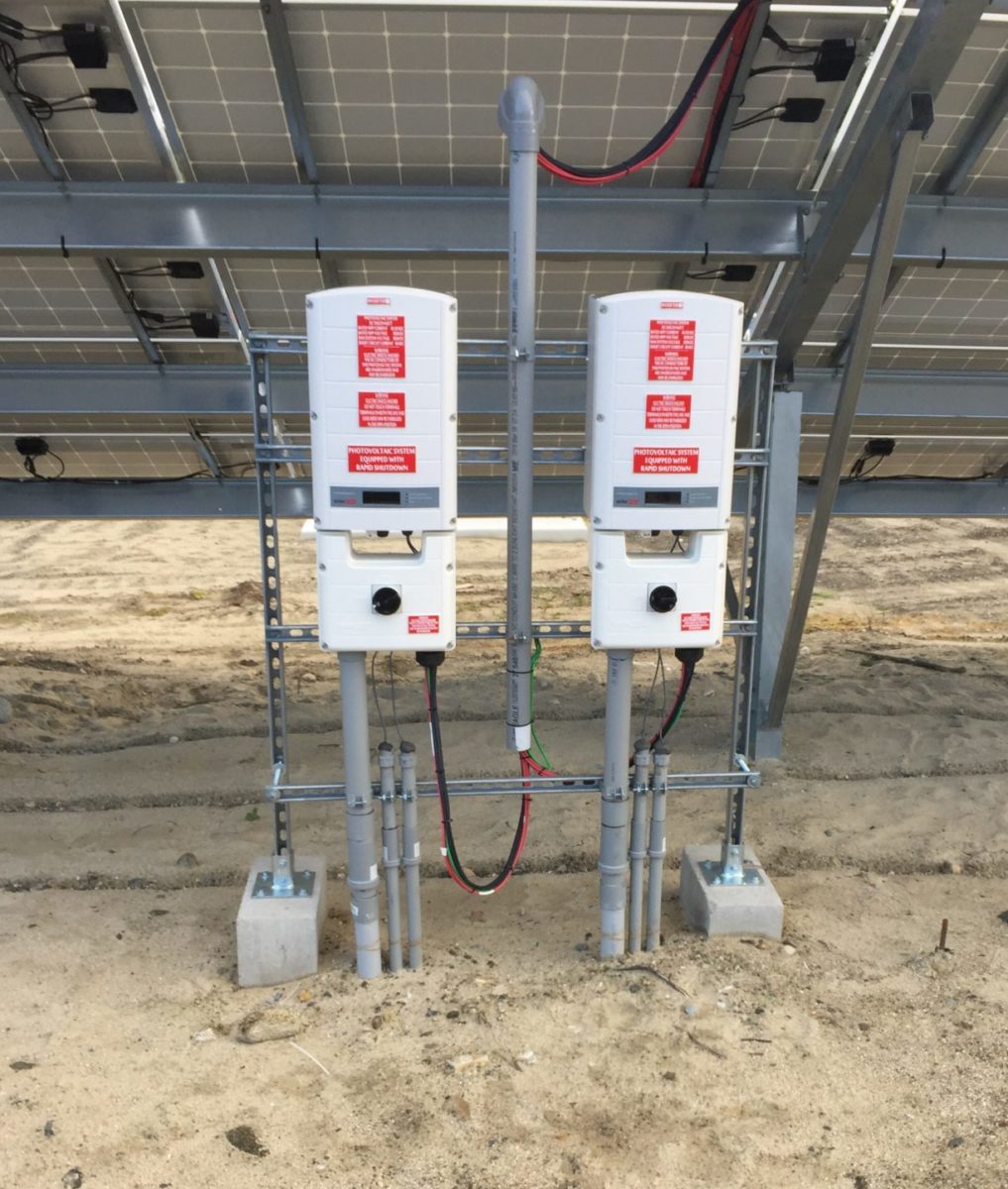
And after pv magazine’s walking and talking about inverters and automatic shutdown at Intersolar North America 2018, that 19% commercial market share might just be increasing. SolarEdge was seen as the leading competition – followed closely by Tigo – to comply with the NEC panel level automatic shutdown requirement for rooftop solar systems. This requirement hits in less than six months, and while many states are slower in their implementation of the requirements, the largest solar markets – California and Massachusetts among them – are implementing it on January 1.
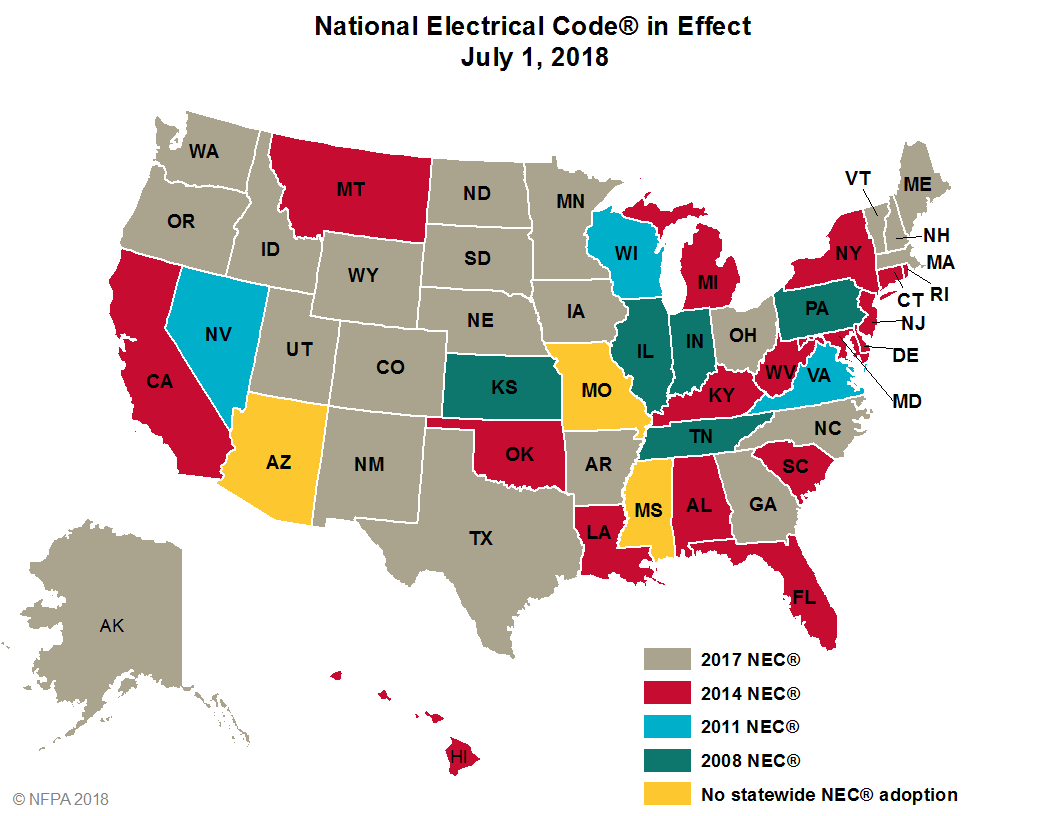
And then of course, there’s the utility scale space. Did you know that SolarEdge is powering a soon to commissioned 53 MW-AC solar power plant? It’s the company’s largest so far. This aligns with their recent launching of Grid Services and Virtual Power Plants and the way the solar industry, data and grid services are tying together, it makes absolute sense.
As Handelsman noted, if you can deliver solar module level control and data to a utility scale operator for under a dime per watt, they start to listen a lot more.
NREL and Hawaii got together to test solar module level electronics – SolarEdge among the suitors – and whether or not a utility could manage those units in a beneficial manner. Everything passed. More recently, PG&E also tested utility scale control of smart inverters – seeing much opportunity for benefit.
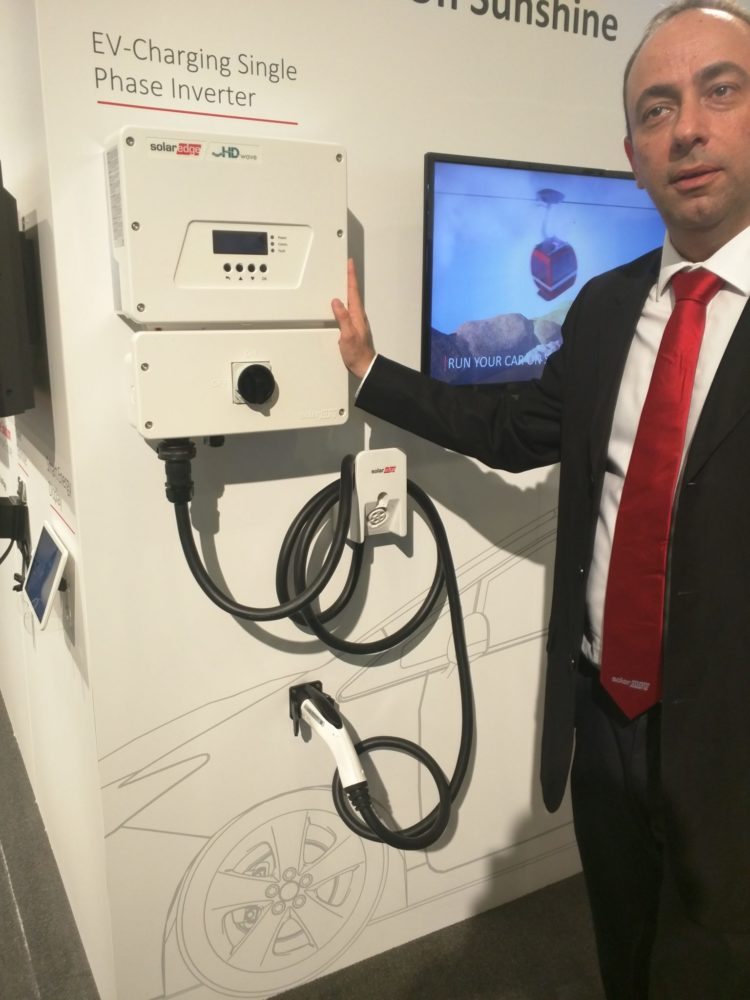
SolarEdge co-founder and Vice President, Lior Handelsman talking with pv magazine at Intersolar North America 2018 – while watching the circling reporters at the crowded SolarEdge booth.
And of course, there’s more going on than just inverters. Maybe optimistically, maybe not, Handelsman took a moment to speculate that – eventually – every home would have solar+EV charging+energy storage. As evidence of this soon-to-strike tsunami is that most people who install a SolarEdge EV charger don’t yet own an electric car. However, for a couple hundred dollars extra – they’re choosing to have the connection installed, which will enable them to add in the charger cable later on with a simple plug.
How long until there’s a full on SolarEdge Home, to omplement their smart energy management solutions for the home, such as water heating controllers, smart sockets, and smart relays? The company did just purchase a commercial UPS company.
Its time to recognize that SolarEdge is no longer a residential solar company. They’re a full spectrum inverter company for the whole of the solar industry, along with a data services group for O&M professionals, a utility scale grid management services partner, and a budding energy storage management team.
This content is protected by copyright and may not be reused. If you want to cooperate with us and would like to reuse some of our content, please contact: editors@pv-magazine.com.

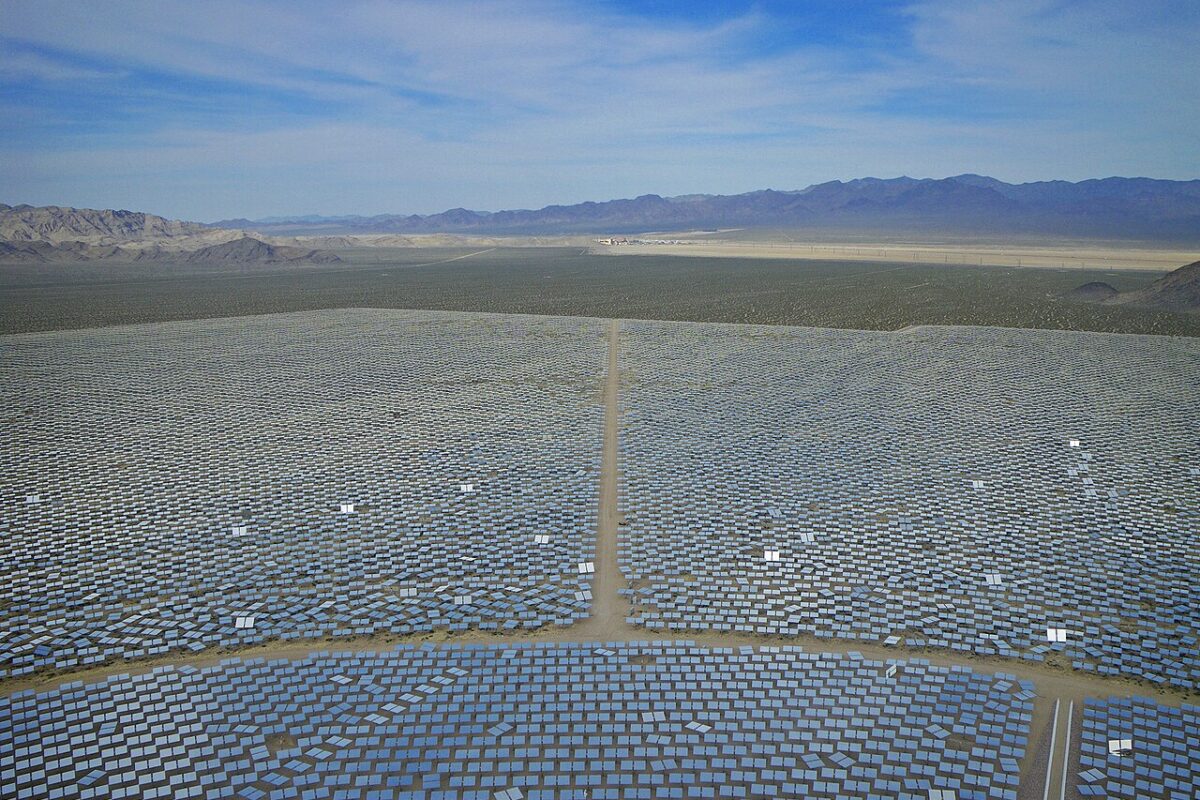






Solaredge’s technology of optimizer is better than Best for India.
Reasons- Dust, five changes in whether yearly, unplanned old cities and carelessness in majority of people’s.